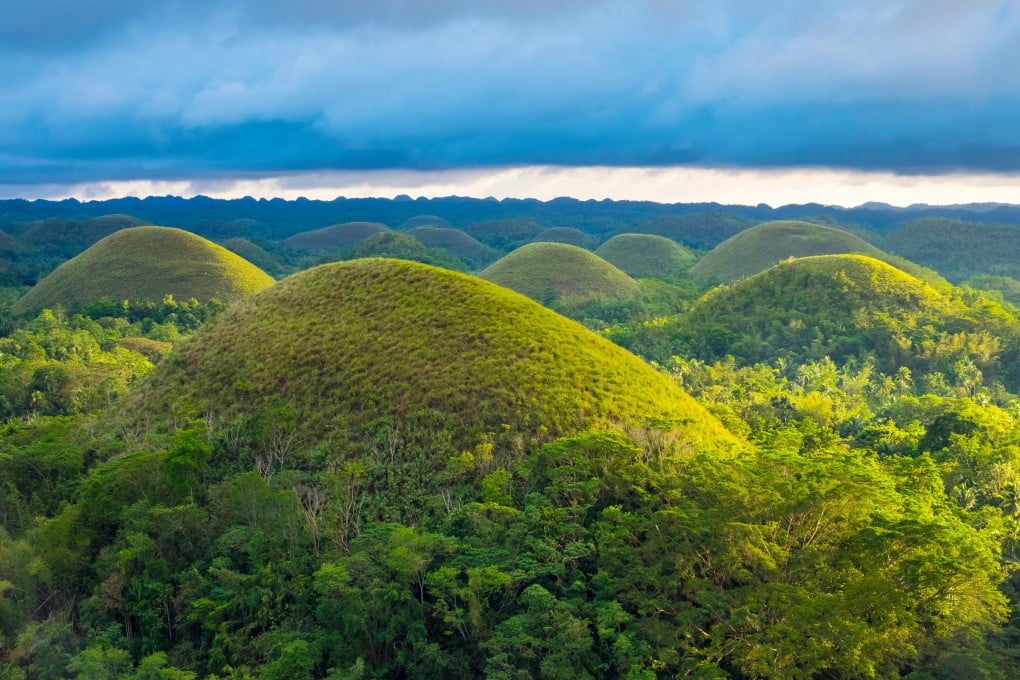Undiscovered Bohol in Philippines eyes sustainable tourism development as new airport set to bring surge in visitors
- Famous for its karst Chocolate Hills and tarsier primate, Bohol, the Philippines’ 10th largest island, has not been on the radar of most foreign visitors
- Plans are in place to ensure the development of tourist resorts and infrastructure is environmentally friendly and avoids the errors of Boracay and Mactan, Cebu

In the wake of mass-tourism disasters that sparked the temporary closure of holiday hotspots, one Southeast Asian destination is taking sustainability seriously in a bid to protect its future: the Philippine island of Bohol.
However, this is slated to change. The opening in November 2018 of Bohol-Panglao International Airport – it welcomed its first international charter flight, from Hong Kong, in October 2019 – is predicted to bring a rise in visitors, and the government has designated part of Bohol a tourism enterprise zone, one of 15 across the country intended to be developed sensitively.
While the island prepares for a tourism boom, its residents are keen to ensure it does not become a victim of its own success.

“We do not want to be another Boracay,” says my tour guide, Cecile Visarra, during a recent five-day visit. I was keen to discover some of the eco-tourism initiatives Bohol wants to be known for.